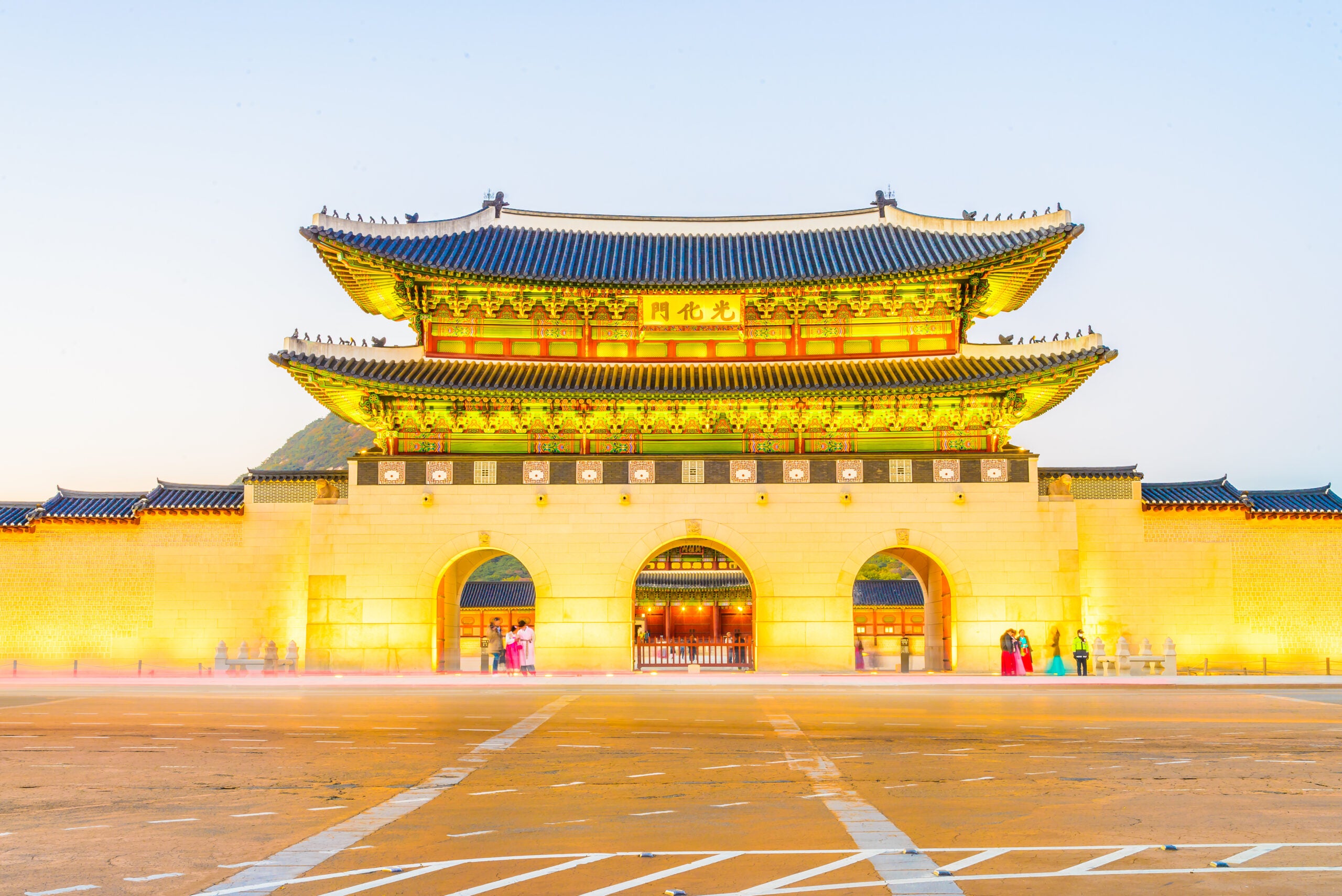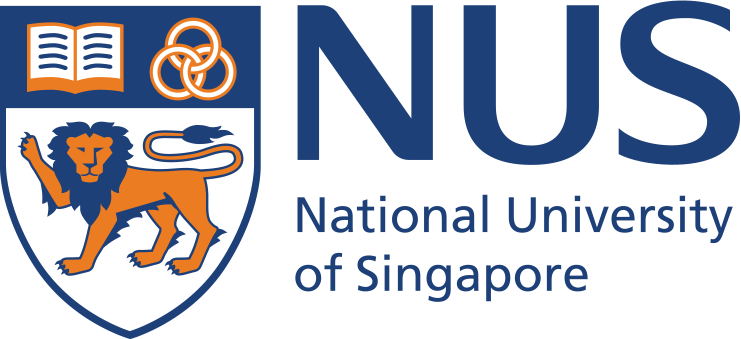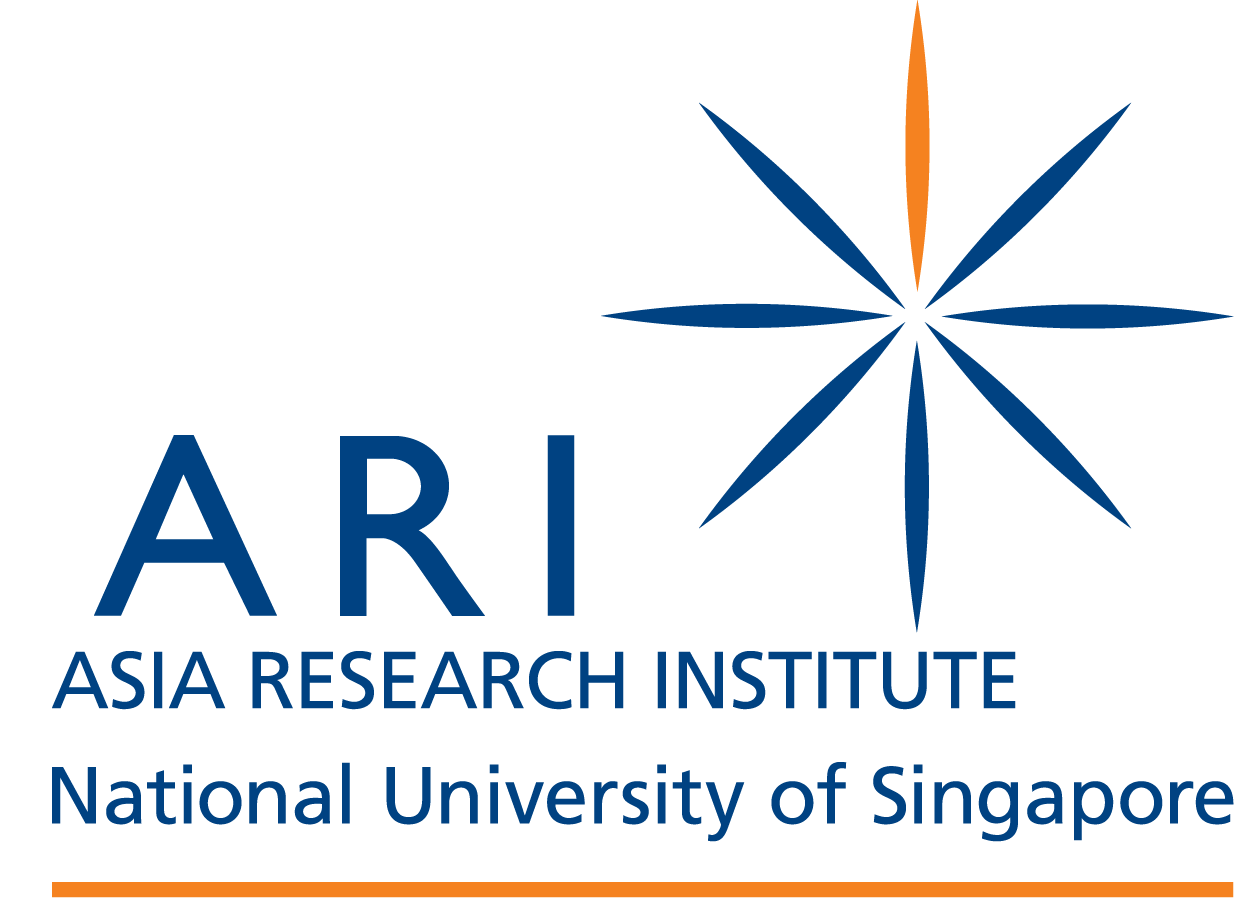South Korea: Is it time for a more balanced strategy?

March 27, 2025
The return of Donald Trump and his trademark erratic unilateralism has cast US credibility into question. Europe and Ukraine are in the crosshairs, blindsided by Washington’s re-engagement with Russia. Vice-President JD Vance’s February Munich Conference speech, putting flesh on the bones of the Trump 2.0 foreign policy, angered many by focusing on “free speech” and “migration” challenges while virtually ignoring defence. Nato allies were appalled by Ukrainian President Volodymyr Zelensky’s White House humiliation. The world order, grounded in a post-1945 liberal internationalism, is in disarray.
The question for South Korea, a key US ally in Asia, is whether it has the wherewithal to protect its interests in this dramatically changing world order. Or is it constrained from pursuing a (grand) strategy to shape its own destiny because of its security dependence on the US, and ultimately have to passively submit to the impulses of great power politics. This raises several questions for Seoul: What principles should guide the development of an effective national strategy? What role should an increasingly confident “medium size” power seek in addressing challenges in the region and beyond? My argument is that South Korea should eschew a Cold-War style, “value-driven” diplomacy: this is no longer an appropriate response to the geopolitical contingencies de nos jours (of our time). Instead, it should make more autonomous strategic adjustments in response to a changing international landscape, pursuing its national interest on an issue-by-issue basis without leaning too far to one side or the other in navigating Sino-US competition.
Pitfalls of Yoon’s foreign policy
President Yoon Suk Yeol envisioned South Korea as a “global pivotal state” (GPS) that would champion liberal democratic values. Under his leadership, Seoul further aligned itself to the US on the global stage, joining Washington’s club of like-minded nations in standing up to China and Russia. President Yoon offered greater support to US President Joe Biden’s “Indo-Pacific” strategy, revitalising cooperation with Japan and strengthening engagement with Nato.
Yet, there was a trade-off. Seoul’s positioning as a global partner to Washington necessitated a sharpening of its international profile to achieve greater presence and influence. This meant accepting burden- and risk-sharing in wider US-led global operations. South Korean arms sales to Nato countries generated a negative reaction in Moscow, which condemned Seoul’s support for Ukraine, a policy that in part facilitated a refreshed strategic alignment between Russia and North Korea. Meanwhile, China expressed concern at the potential expansion of collaboration between Nato and its four partners in the Indo-Pacific (IP4) – Australia, Japan, New Zealand and South Korea. Mr Yoon’s GPS also proved counter-productive with respect to North Korea; Pyongyang has conducted a record number of missile tests since 2022, but the UN Security Council failed to impose additional sanctions because of the Beijing/Moscow veto. In short, Mr Yoon’s policies yielded few positive dividends beyond strengthening links with the US and Japan.
Consequently, Seoul has found itself in a more hostile neighbourhood. Mr Yoon’s pro-US diplomacy hardened views in Beijing, Moscow, and Pyongyang, provoking a counter strategic re-alignment among the trio. Sino-Russia drills now regularly take place, including near the East Sea/ Sea of Japan. Thus, one result of Mr Yoon’s strategic integration into a US-led security network is that Seoul has become a less autonomous actor, as it now has less diplomatic agility to respond to regional contingencies.
Trump 2.0
Mr Yoon’s pivot to “value-driven” geopolitics ended abruptly with his short-lived imposition of martial law in early December. There is a bumpy road ahead for whoever comes to power next in Seoul, as Trump 2.0 presents extensive challenges. Seoul can expect Maga (Make America Great Again)-style, transactional terms at the negotiating table, with tariffs and defence cost-sharing at the top of the agenda. Washington could once again resort to suspending joint military exercises, or even threaten to withdrawing US troops as a negotiation leverage. Another thorny issue could be the cost of the deployment of US strategic assets that the Yoon government has requested over the years to offset increased threats posed by Pyongyang’s nuclear weapons advancement.
But perhaps the real conundrum is Trump’s unpredictability. Washington might, for example, pursue an unanticipated course of détente towards Beijing, although this is not immediately likely given the number of China hawks in Mr Trump’s cabinet. Overall, South Koreans are anxious on whether their interests will be compromised. Washington could also again bypass Seoul and reach out to Pyongyang directly, just as it bypassed Ukraine and Europe in reaching out to Russia.
Towards a balanced strategy
South Korea’s deep anchoring to the US will mean little leverage for Seoul in a rapidly realigning global system, in comparison to the scope available to Global South powers such as India, Saudi Arabia, and Brazil. Trump 2.0 may offer opportunities for Seoul to re-craft its strategy. Mr Trump’s sovereigntism is likely to exacerbate geopolitical fragmentation: the world order is becoming less governed by shared principles, norms, and international institutions such as the UN and the World Trade Organisation. The US president has re-energised smaller scale “concert of (great) powers” mechanisms and prefers to operate in a bilateral setting. This may allow Seoul room to explore collaboration with the EU, Asean and the Brics countries. It could create “coalition of the willing” arrangements with such partners: underpinned by common interests rather than shared values; tailored to specific contingencies; seeking cooperation over climate, development, trade, defence, energy, and technology, but less tethered to the bounds of formal institutions. Such “minilateral coalitions” would increase the networks of collaboration in issue-specific areas. And they could also continue to advocate for open market principles to foster free trade with both the US and China, similar to the pragmatic approach taken by Asean.
At the domestic level, Seoul should eschew GPS-inspired ambitions and instead focus on clarifying national priorities where the stakes are high. A prime concern would be to dispel any mutually exclusive understanding of Seoul’s posture as “tilting to Washington” vs “tilting to Beijing”. Partisan domestic rivalry encourages this zero-sum characterisation: deviation from Washington’s policy line is presently understood as “anti-US” and (necessarily) “pro-China/North Korea”. A stand-out example is Mr Yoon’s martial law declaration, which was grounded in the conviction that “anti-state” forces – read that to mean “pro-China/North Korea” opposition – should be eradicated to defend the democratic system. Ironically, Mr Trump’s unorthodox attitude to North Korea may help break the spell of this antagonistic dichotomy in which Seoul’s efforts to forge strategic autonomy are stigmatised as anti-US.
In these times of global uncertainty, South Korea needs to develop a comprehensive medium- and long-term strategy which remains constant across administrations. A crucial step to protect Seoul’s economic interests and security imperatives, while retaining the centrality of the US relationship, will be to ensure that its search for autonomy is not interpreted as a tilt to China. For this, any temptation to politicise its foreign policy in the domestic arena for short-term electoral gains should be resisted. A strategic autonomy, underpinned by balanced, non-partisan, and flexible stratagems, would enable Seoul to respond to geopolitical turbulence without the risk of being knocked off course by short-term contingencies and great power machinations. If Mr Yoon over-reached himself by pursuing a GPS committed to value-oriented foreign policymaking, it is now crucial for South Korea to take a step back and focus on a re-balance.
The views and opinions expressed in this article are those of the author(s) and do not necessarily reflect those of the Asia Research Institute, National University of Singapore.
Latest
A nuclear war started by AI sounds like sci-fiction. It isn’t
by Sundeep Waslekar
Ports, politics, and peace: The engineering of stability
by Guru Madhavan
It's Time for Europe to Do the Unthinkable
Kishore Mahbubani
Can Young Americans and Chinese Build Bridges Over Troubled Waters?
Brian Wong
Trump 2:0: Getting US-China ties right despite the odds
Zhiqun Zhu
How Malaysia can boost Asean agency and centrality amid global challenges
Elina Noor
Why India-Pakistan relations need a new era of engagement
Farhan Hanif Siddiqi
Reconceptualizing Asia's Security Challenges
Jean Dong
Asia should take the Lead on Global Health
K. Srinath Reddy and Priya Balasubramaniam
Rabindranath Tagore: A Man for a New Asian Future
Archishman Raju
Securing China-US Relations within the Wider Asia-Pacific
Sourabh Gupta
Biden-Xi summit: A positive step in managing complex US-China ties
Chan Heng Chee
Singapore's Role as Neutral Interpreter of China to the West
Walter Woon
The US, China, and the Philippines in Between
Andrea Chloe Wong
Crisis Management in Asia: A Middle Power Imperative
Brendan Taylor
America can't stop China's rise
Tony Chan, Ben Harburg, and Kishore Mahbubani
Civilisational Futures and the Role of Southeast Asia
Tim Winter
US-China rivalry will be stern test for Vietnam's diplomatic juggle
Nguyen Cong Tung
Coexistence: The only realistic path to peace
Stephen M. Walt
Cyclone Mocha in conflict-ridden Myanmar is another warning to take climate security seriously
Sarang Shidore
Doubts about AUKUS
Hugh White
Averting the Grandest Collision of all time
Graham Allison
India Can Still Be a Bridge to the Global South
Sanjaya Baru
U.S.-China Trade and Investment Cooperation Amid Great Power Rivalry
Yuhan Zhang
Managing expectations: Indonesia navigating its international roles
Shafiah F. Muhibat
Caught in the middle? Not necessarily Non-alignment could help Southeast Asian regional integration
Xue Gong
It’s Dangerous Salami Slicing on the Taiwan Issue
Richard W. Hu
Navigating Troubled Waters: Ideas for managing tensions in the Taiwan Strait
Ryan Hass
The EU and ASEAN: Partners to Manage Great Power Rivalry?
Tan York Chor
Countering Moro Youth Extremism in the Philippines
Joseph Franco
India-China relations: Getting Beyond the Military Stalemate
C. Raja Mohan
America Needs an Economic Peace Strategy for Asia
Van Jackson
India-Pakistan: Peace by Pieces
Kanti Bajpai
HADR as a Diplomatic Tool in Southeast Asia-China Relations amid Changing Security Dynamics
Lina Gong
Technocratic Deliberation and Asian Peace
Parag Khanna
Safer Together: Why South and Southeast Asia Must Cooperate to Prevent a New Cold War in Asia
Sarang Shidore
Asia, say no to Nato: The Pacific has no need of the destructive militaristic culture of the Atlantic alliance
Kishore Mahbubani
Can Biden bring peace to Southeast Asia?
Dino Djalal
An India-Pakistan ceasefire that can stick
Ameya Kilara
An antidote against narrow nationalism? Why regional history matters
Farish A Noor
Can South Asia put India-Pakistan hostilities behind to unite for greater good?
Ramesh Thakur
Nuclear Deterrence 3.0
Rakesh Sood
The Biden era: challenges and opportunities for Southeast Asia
Michael Vatikiotis

